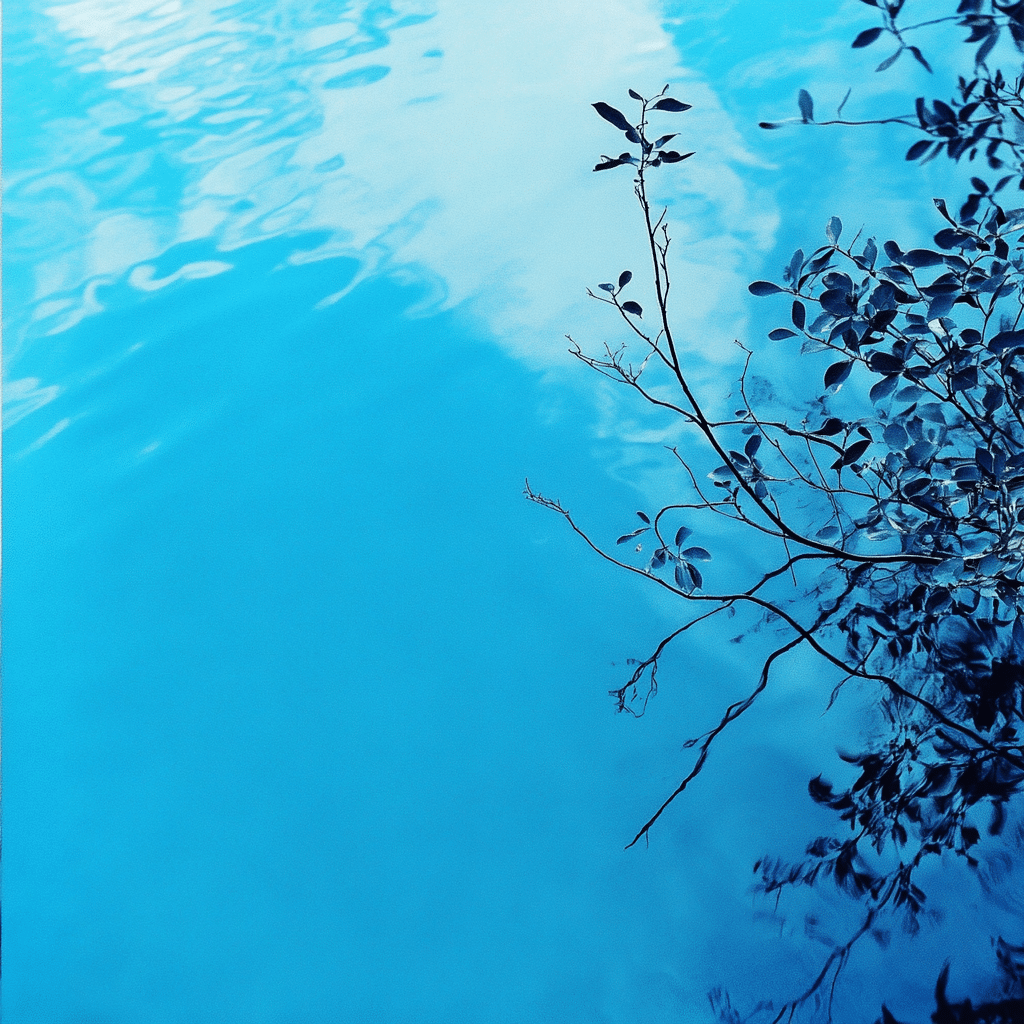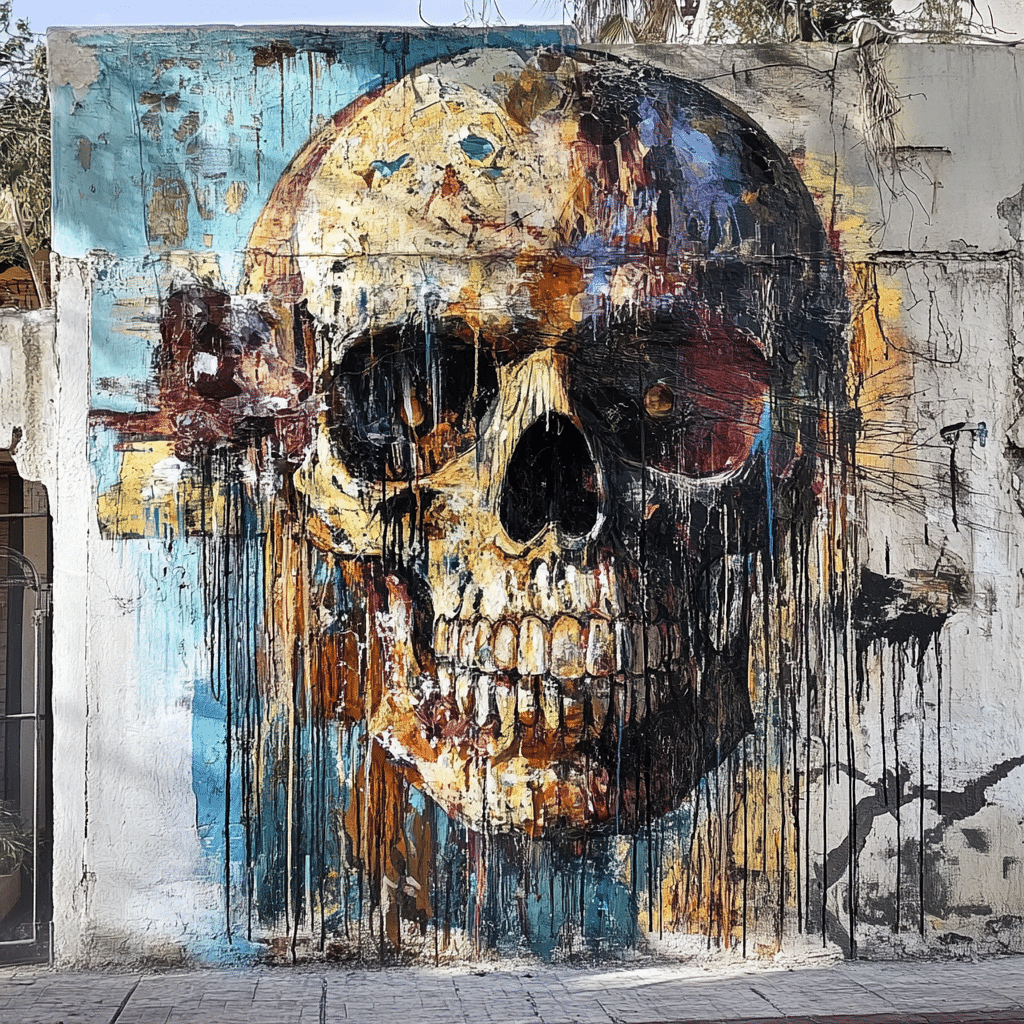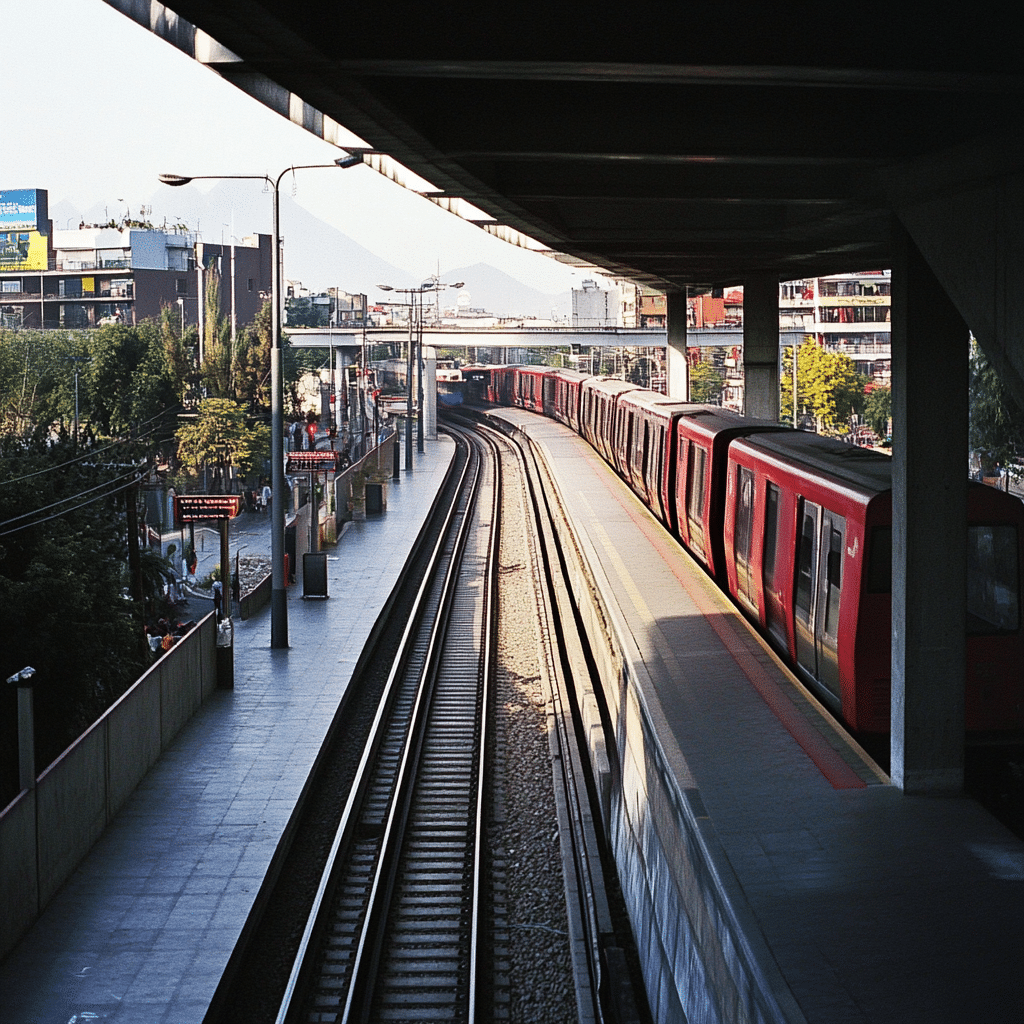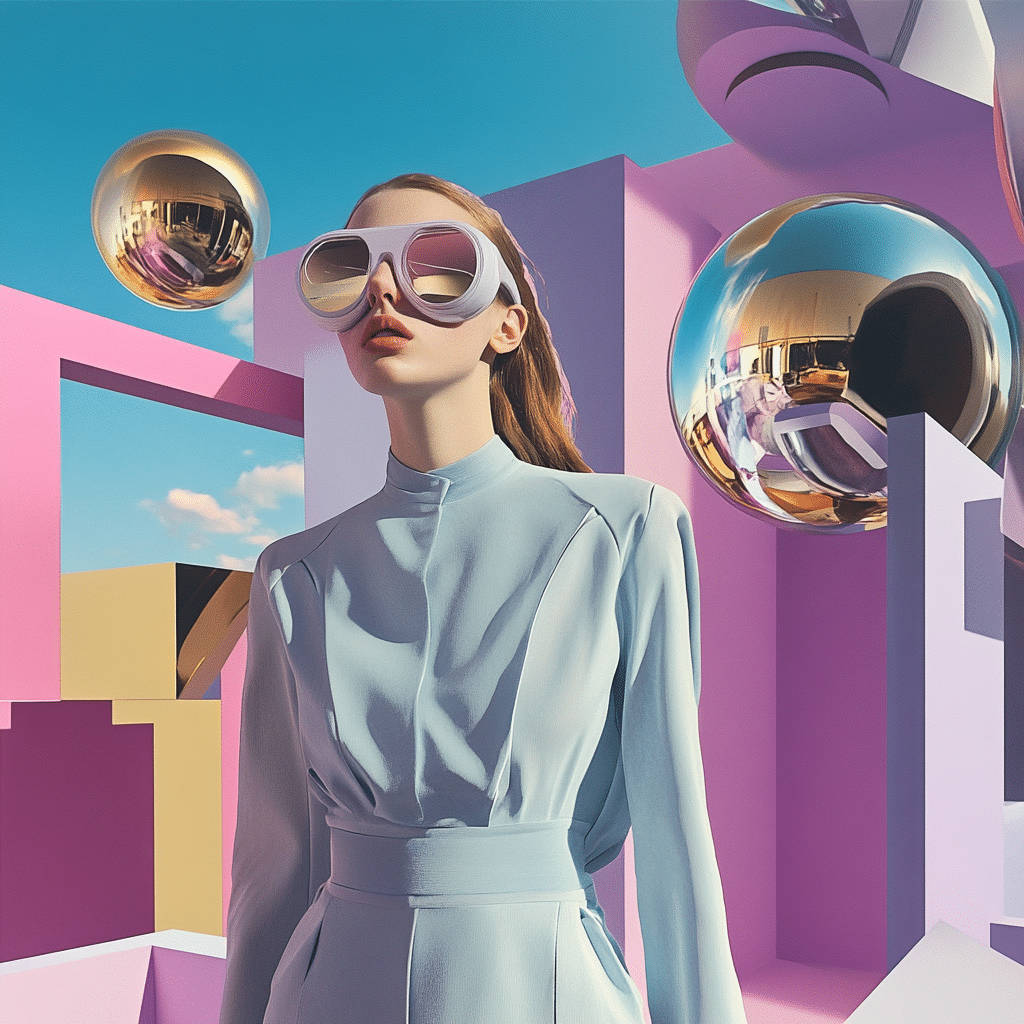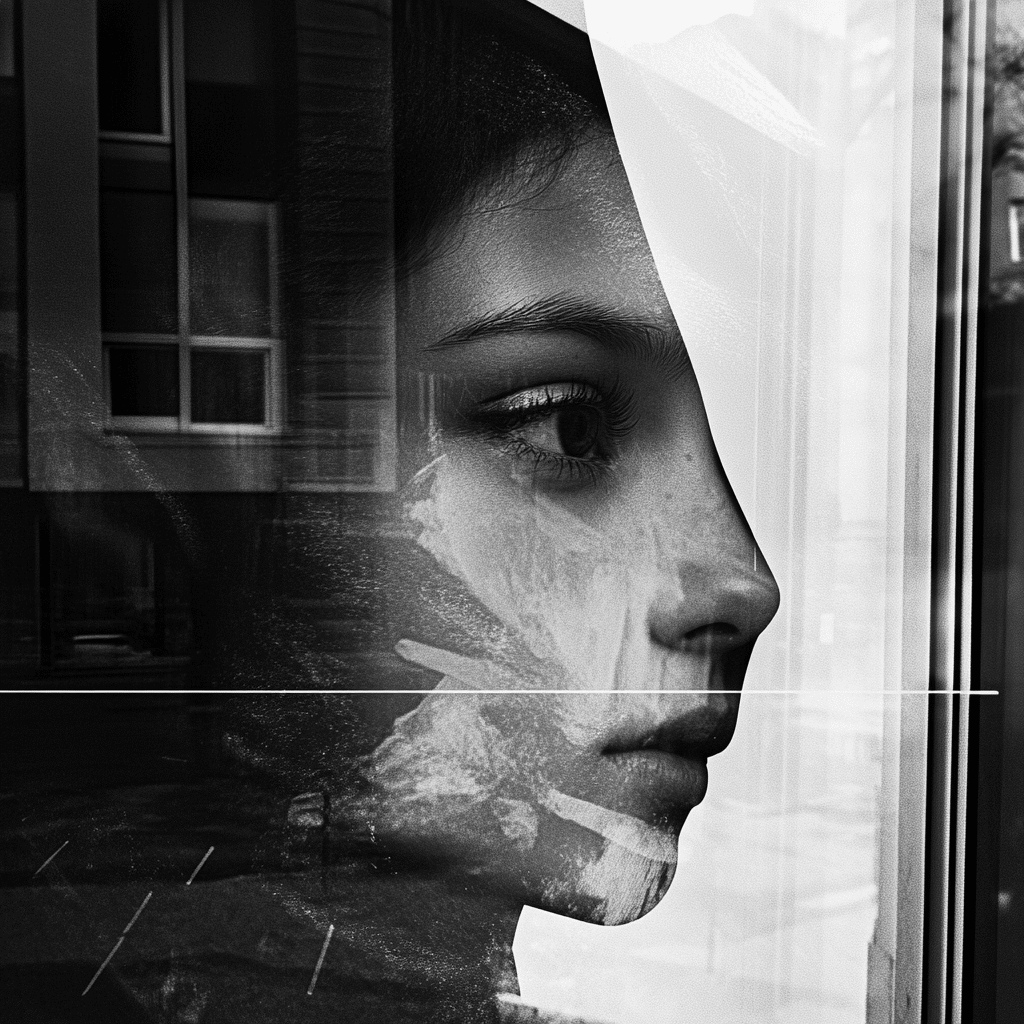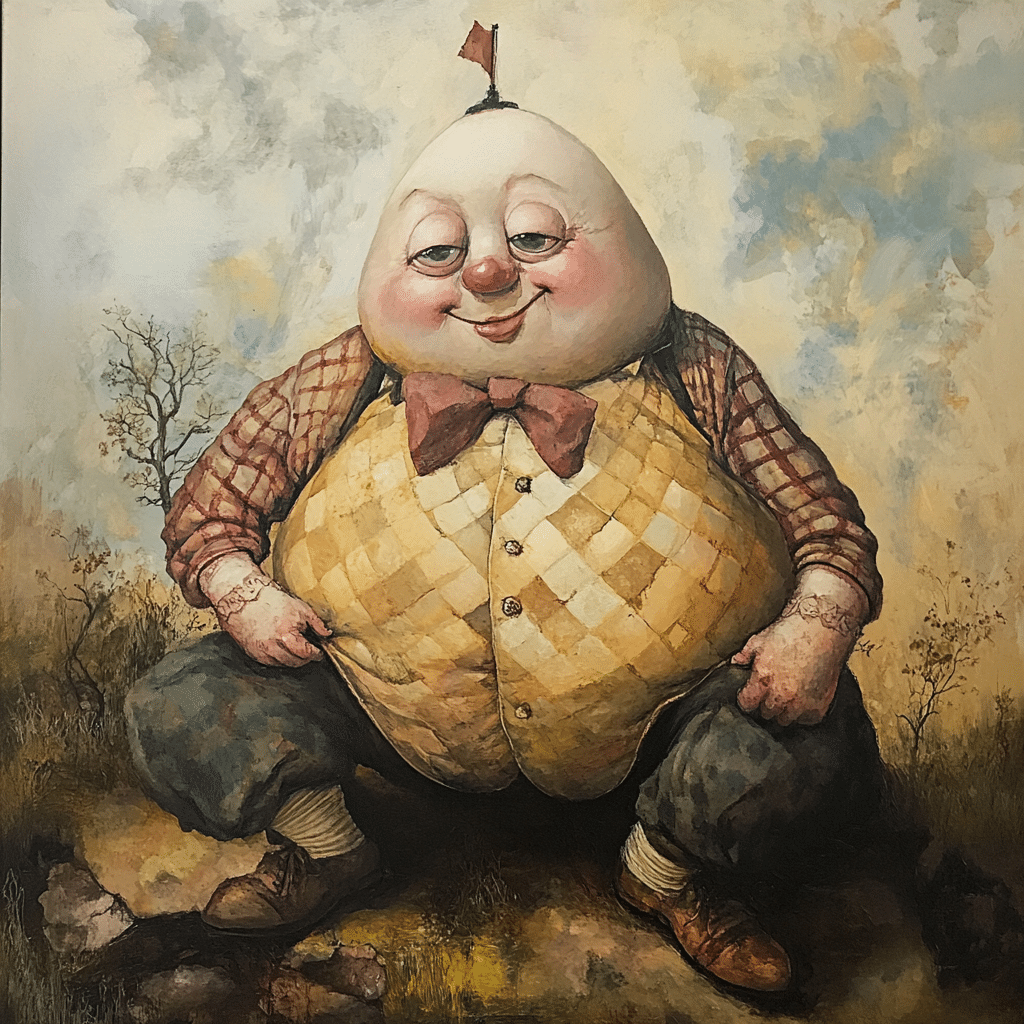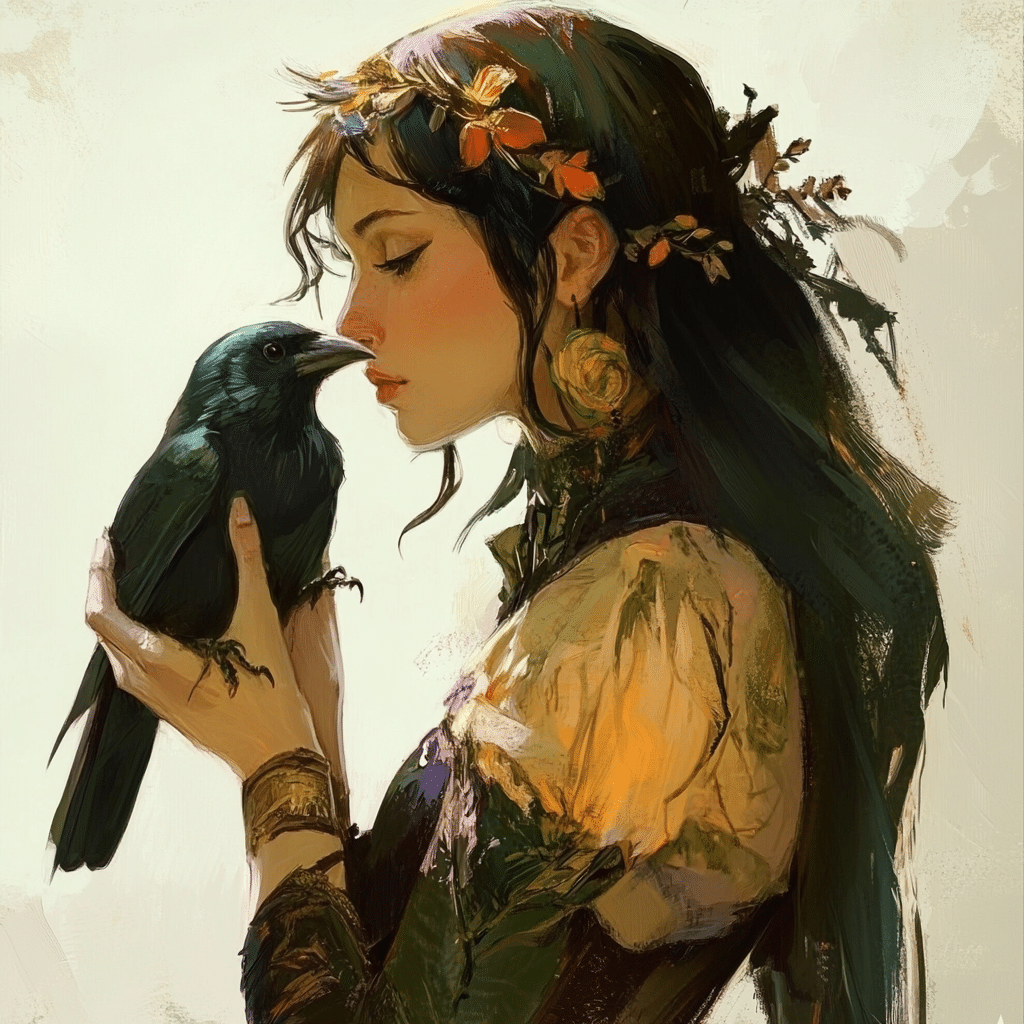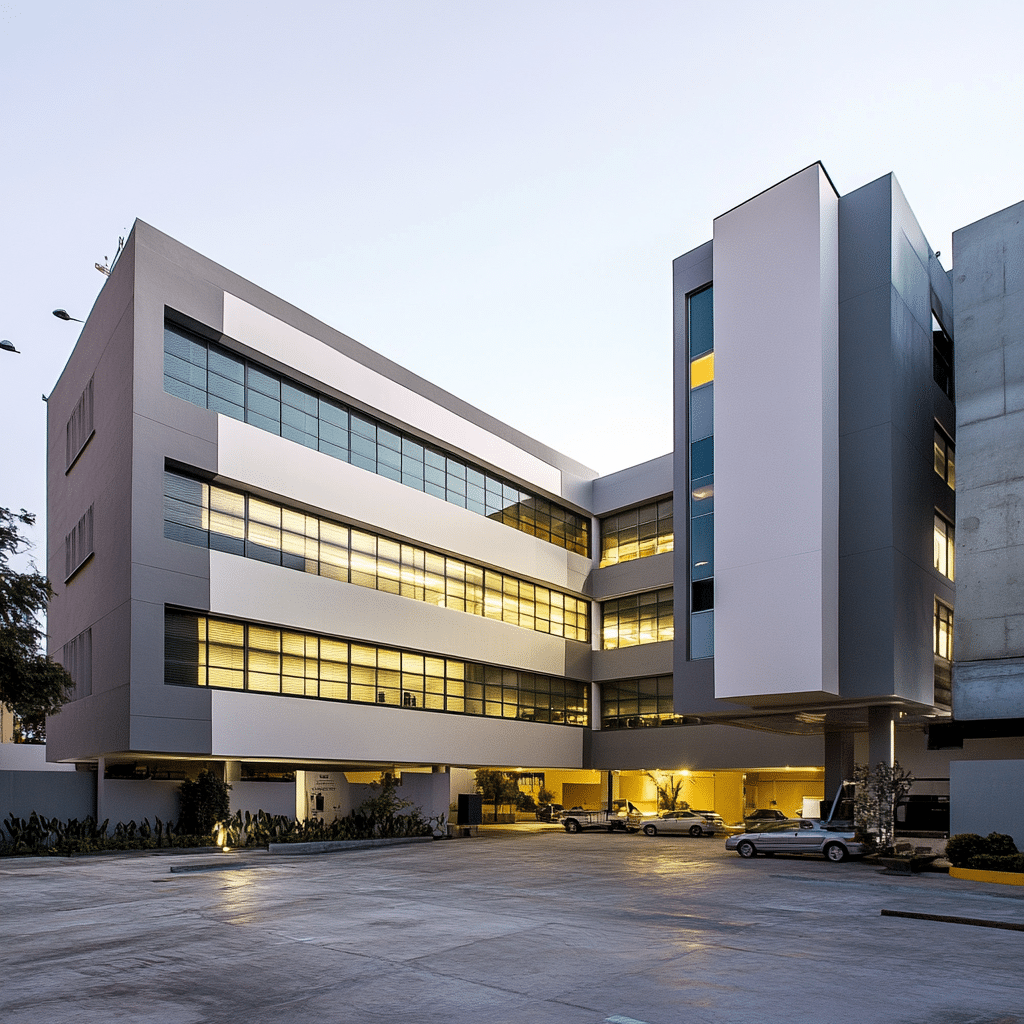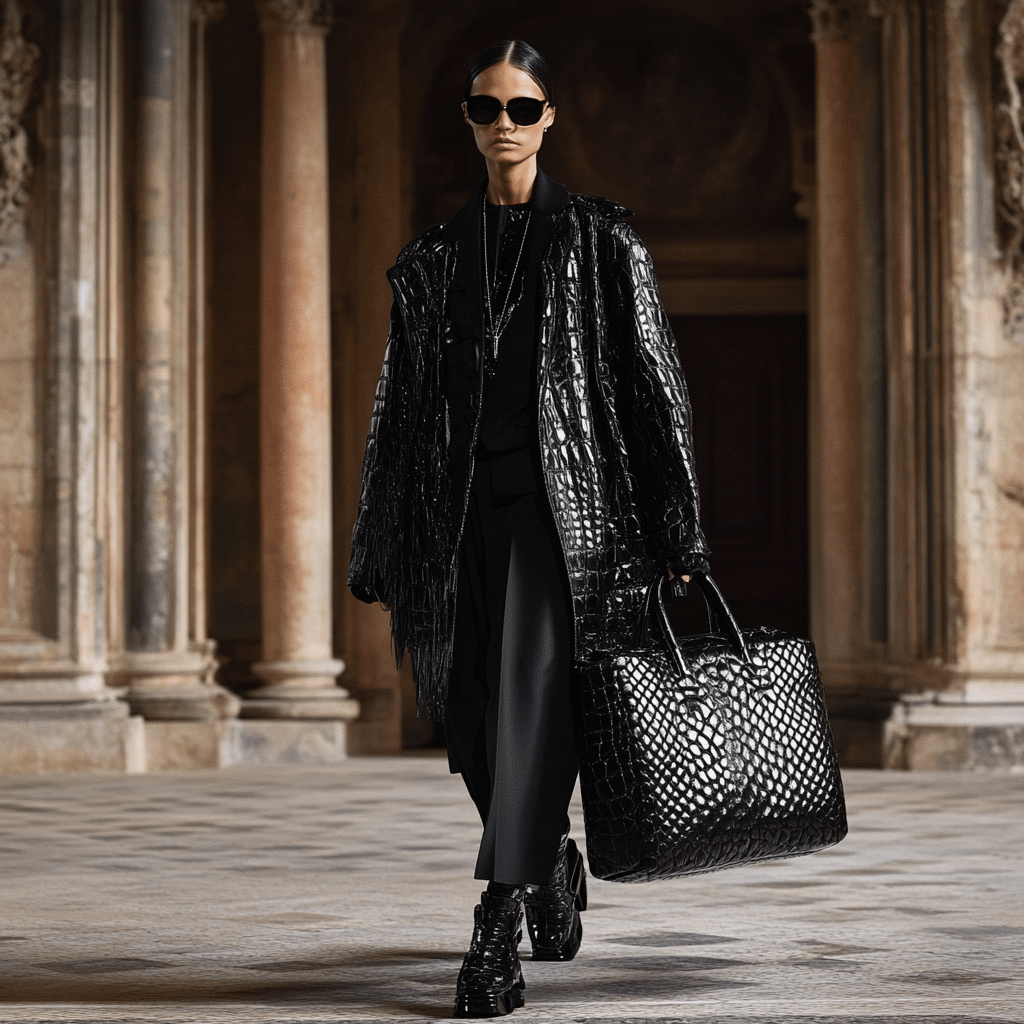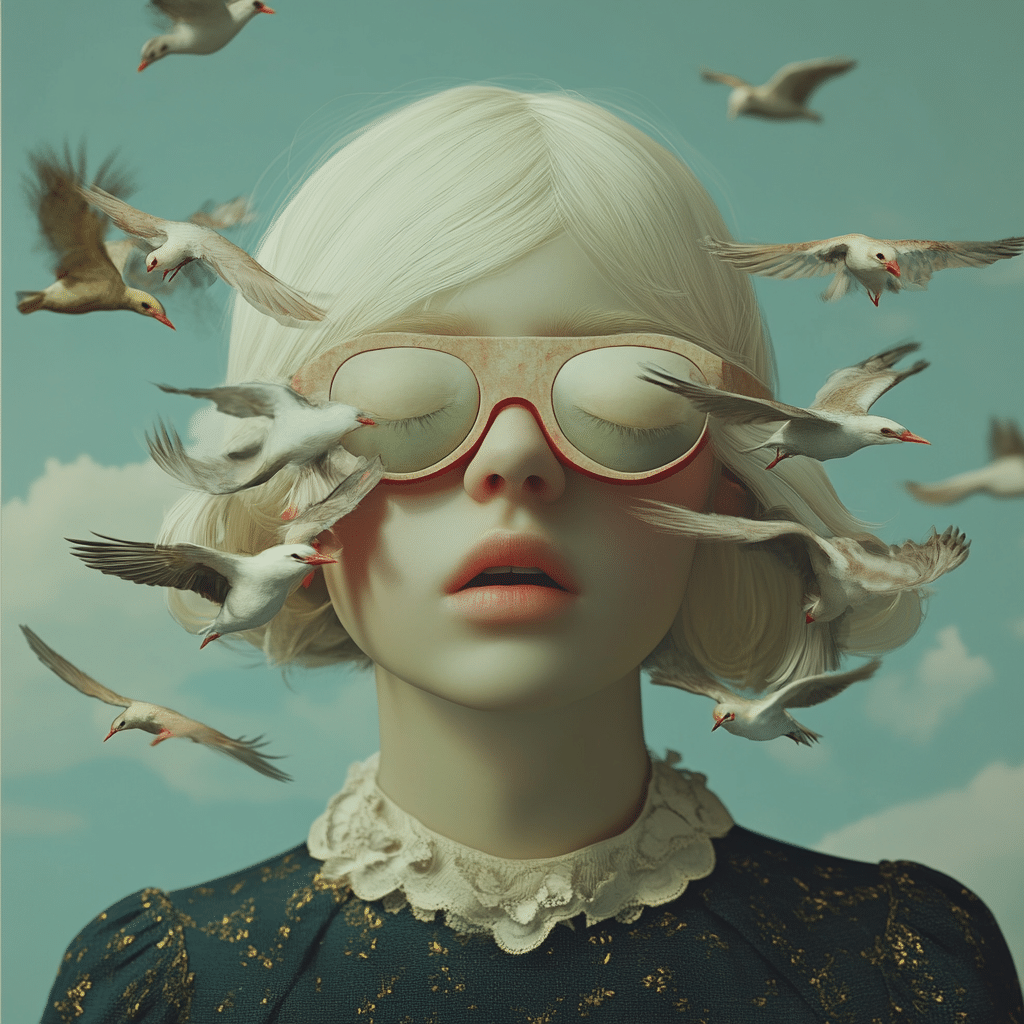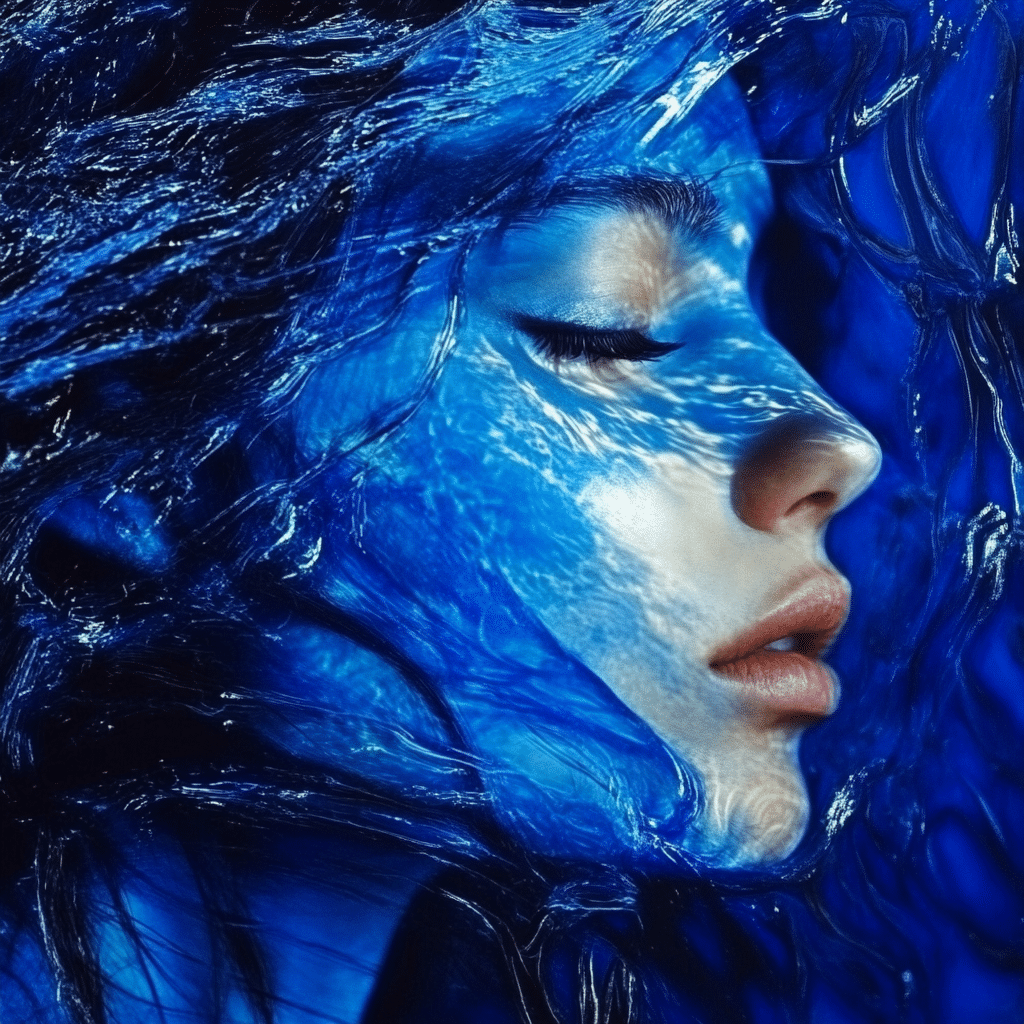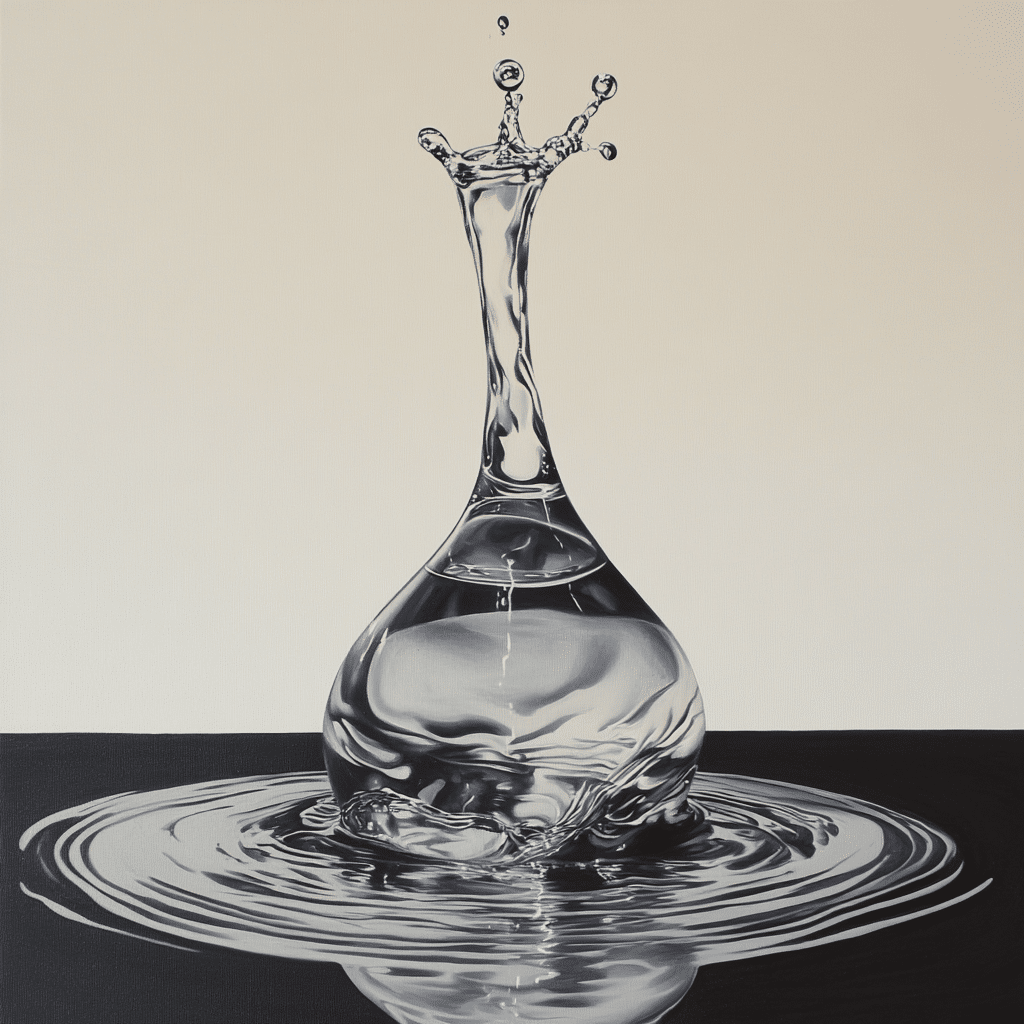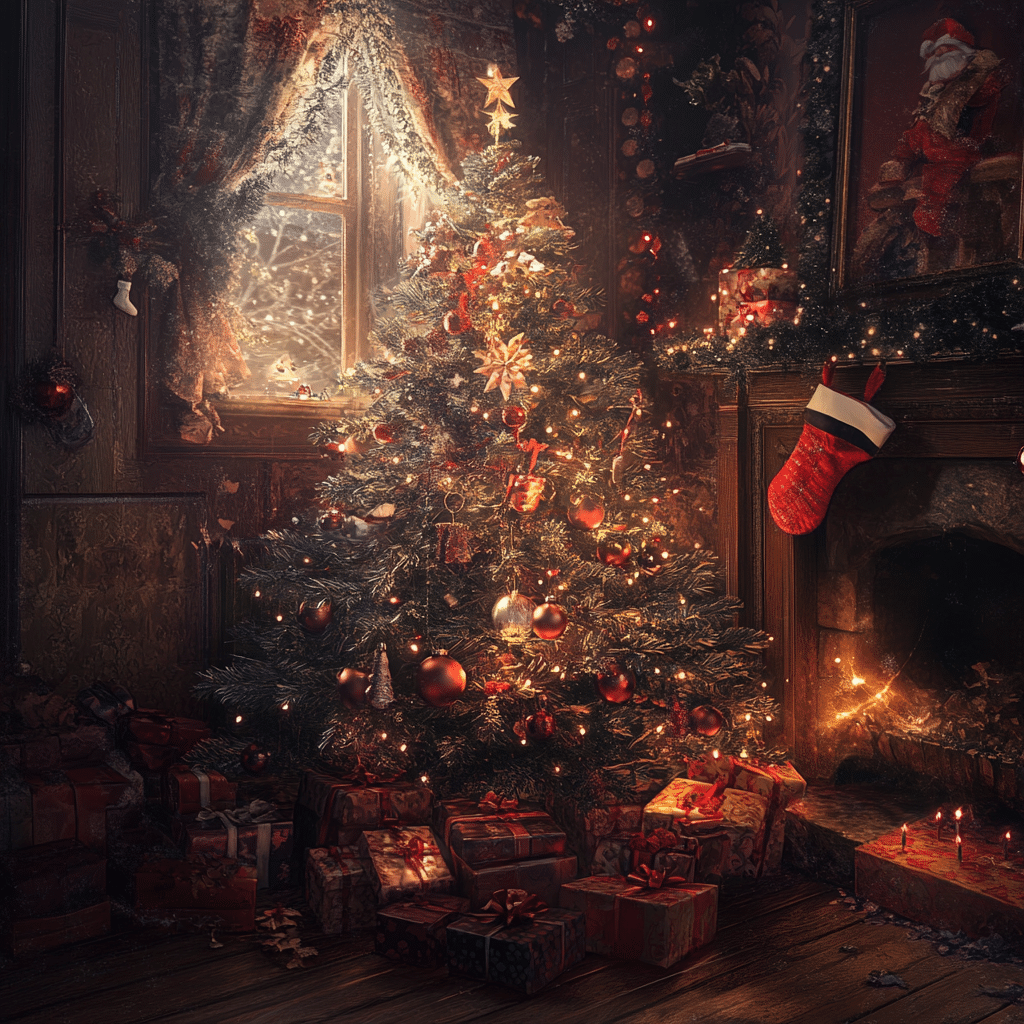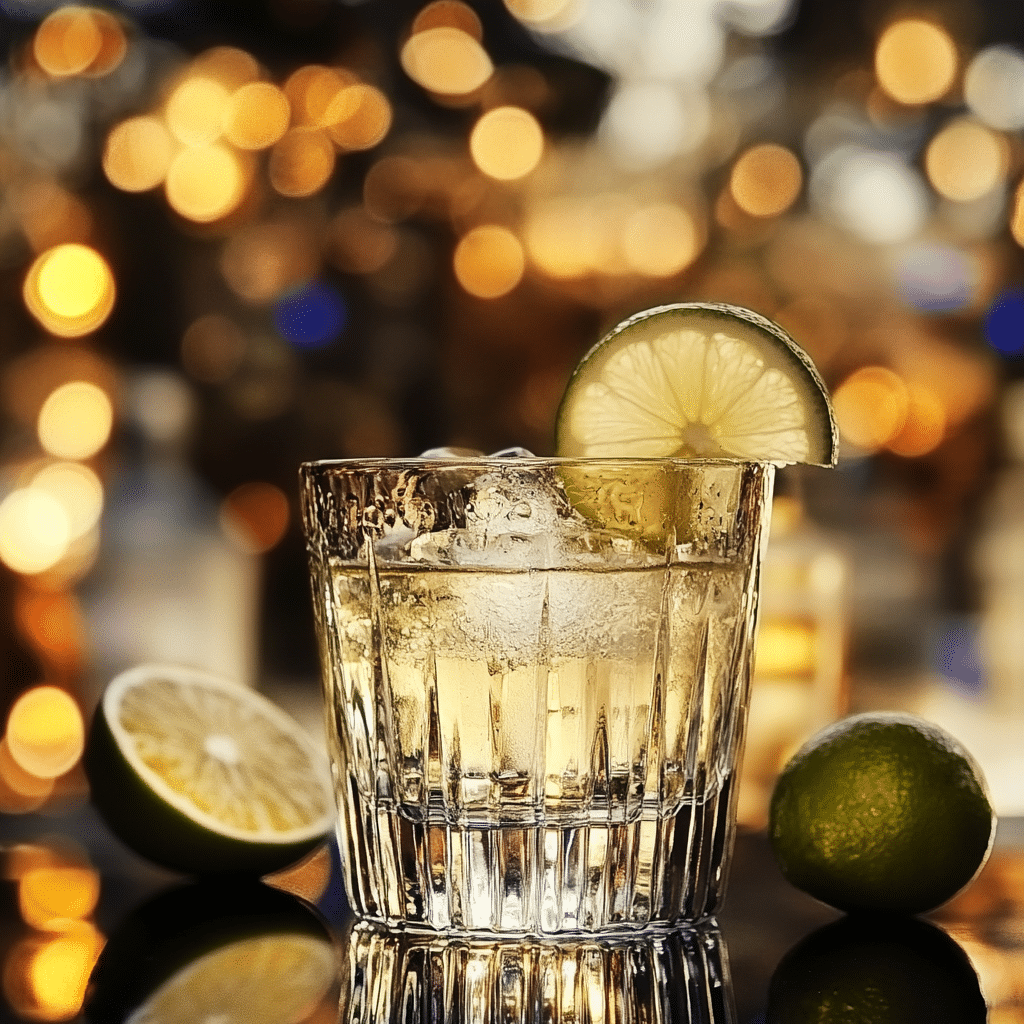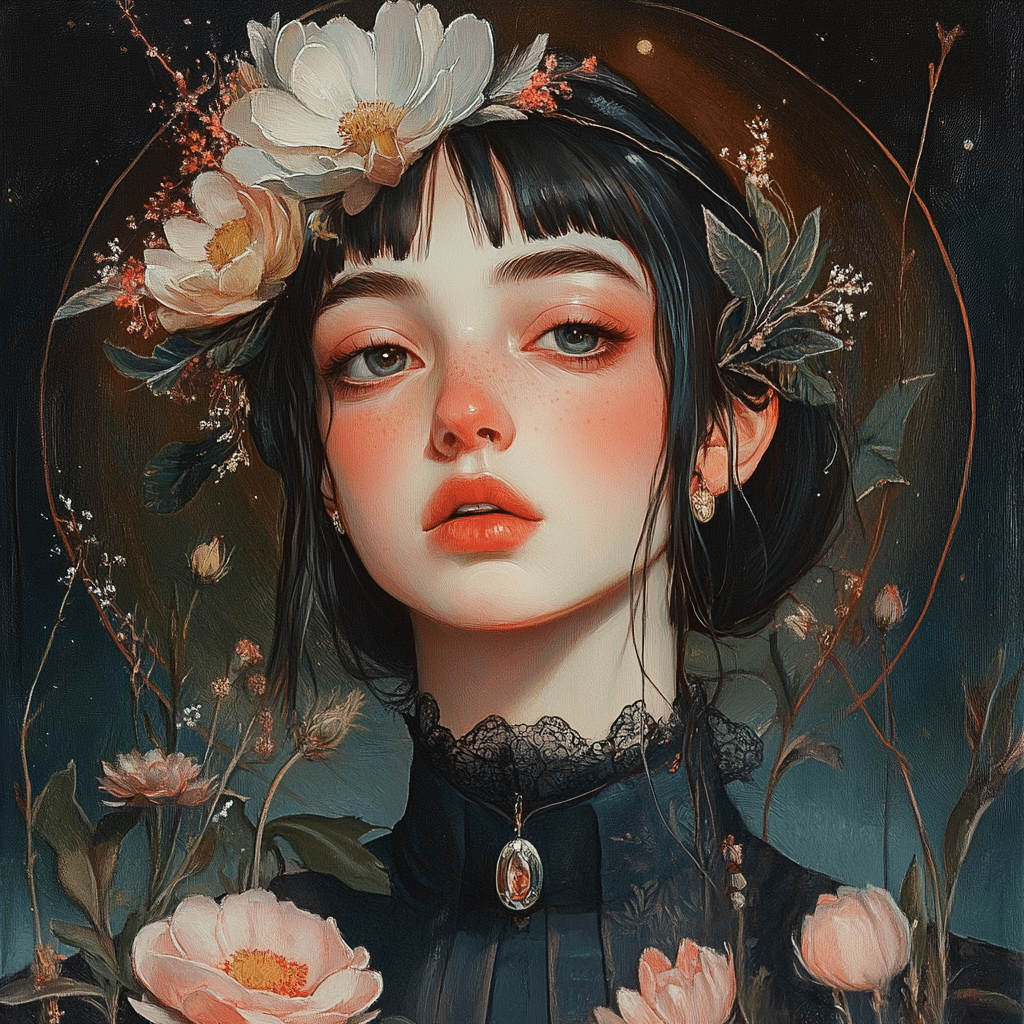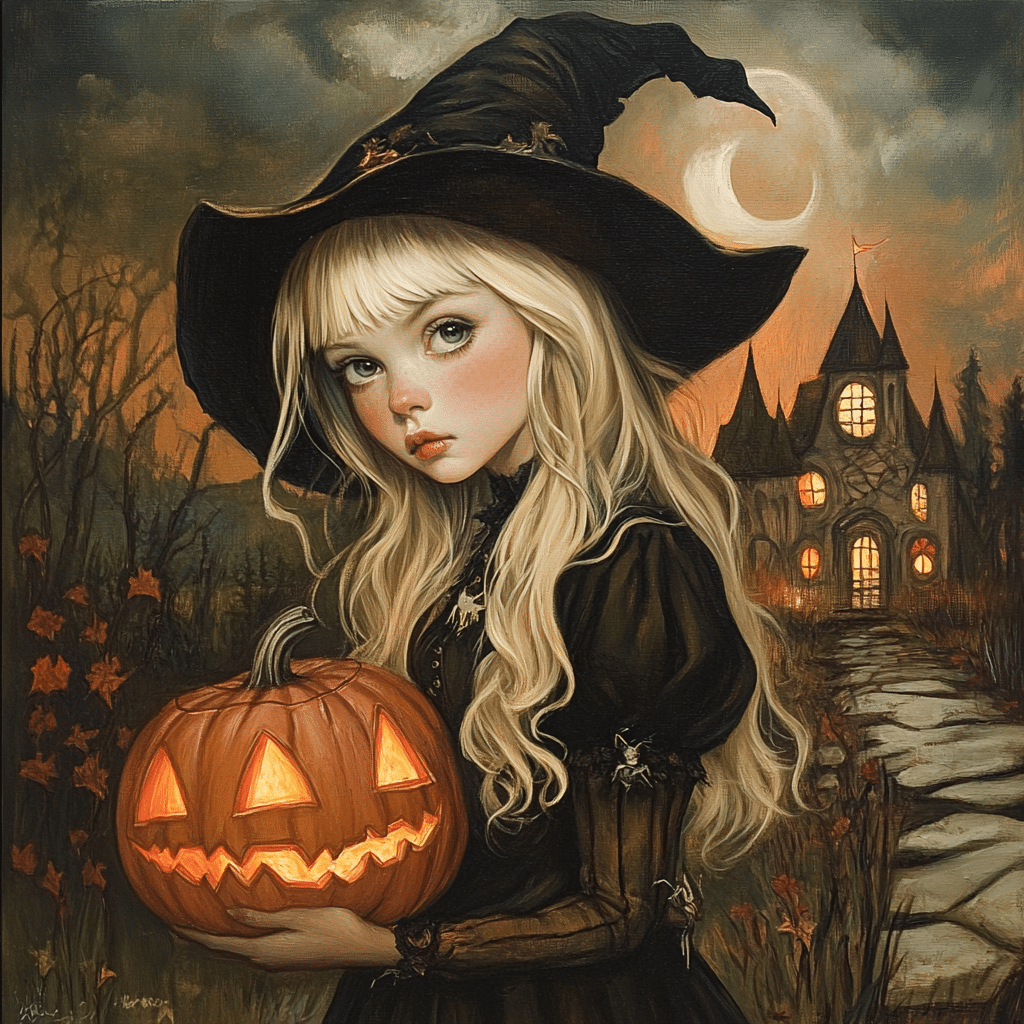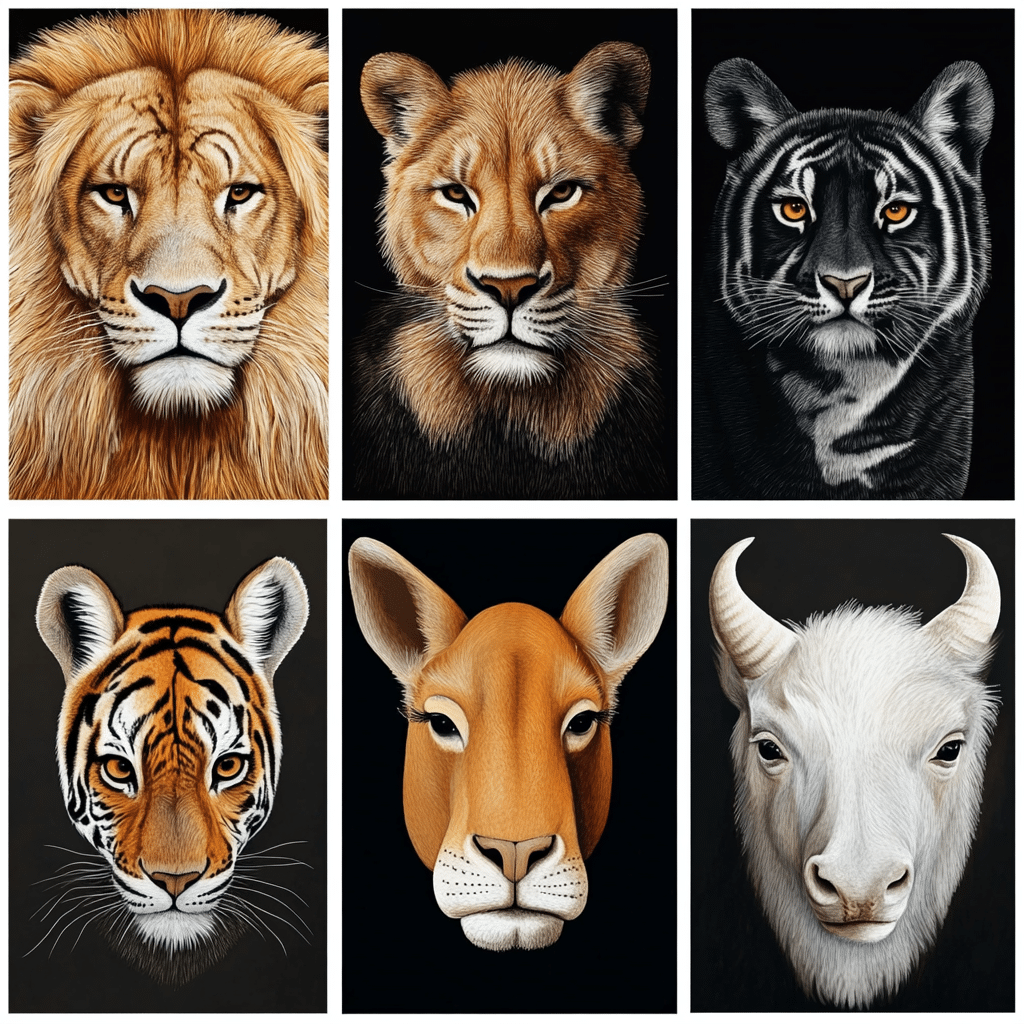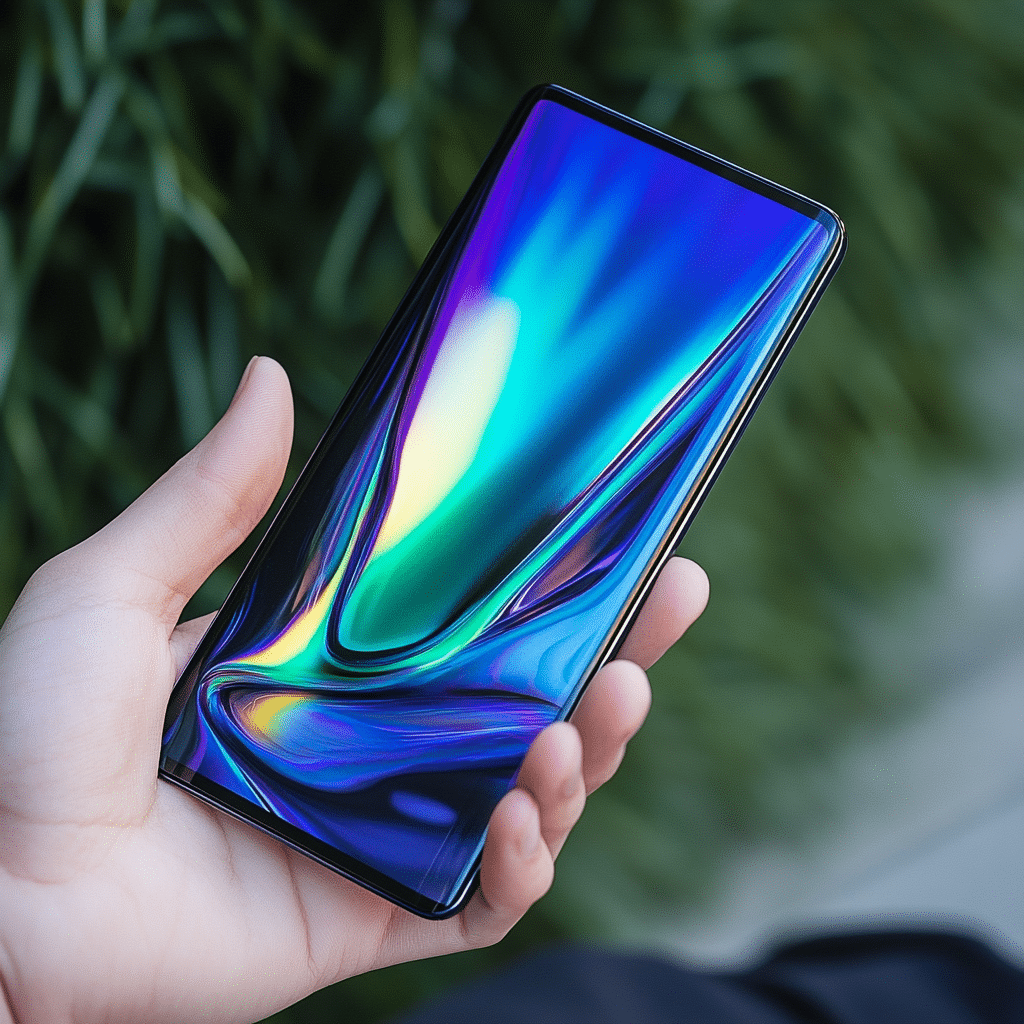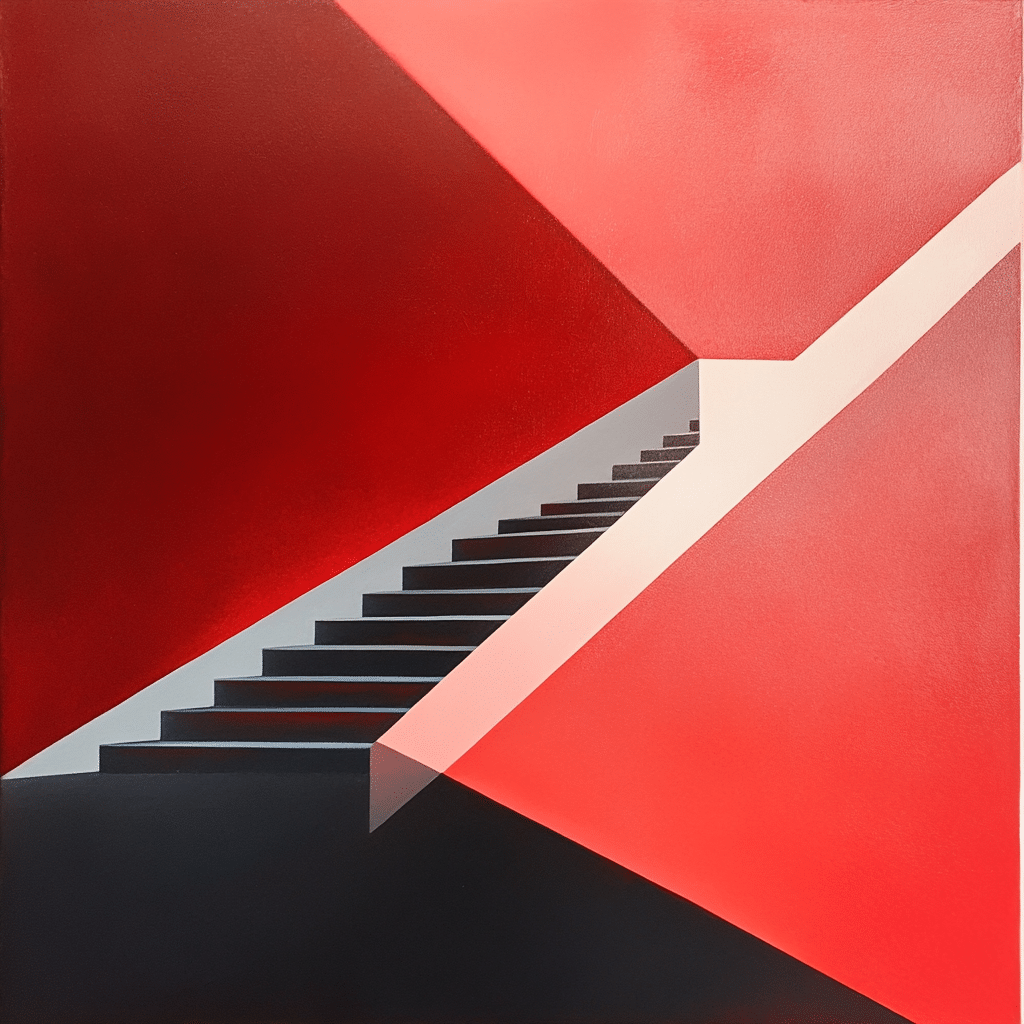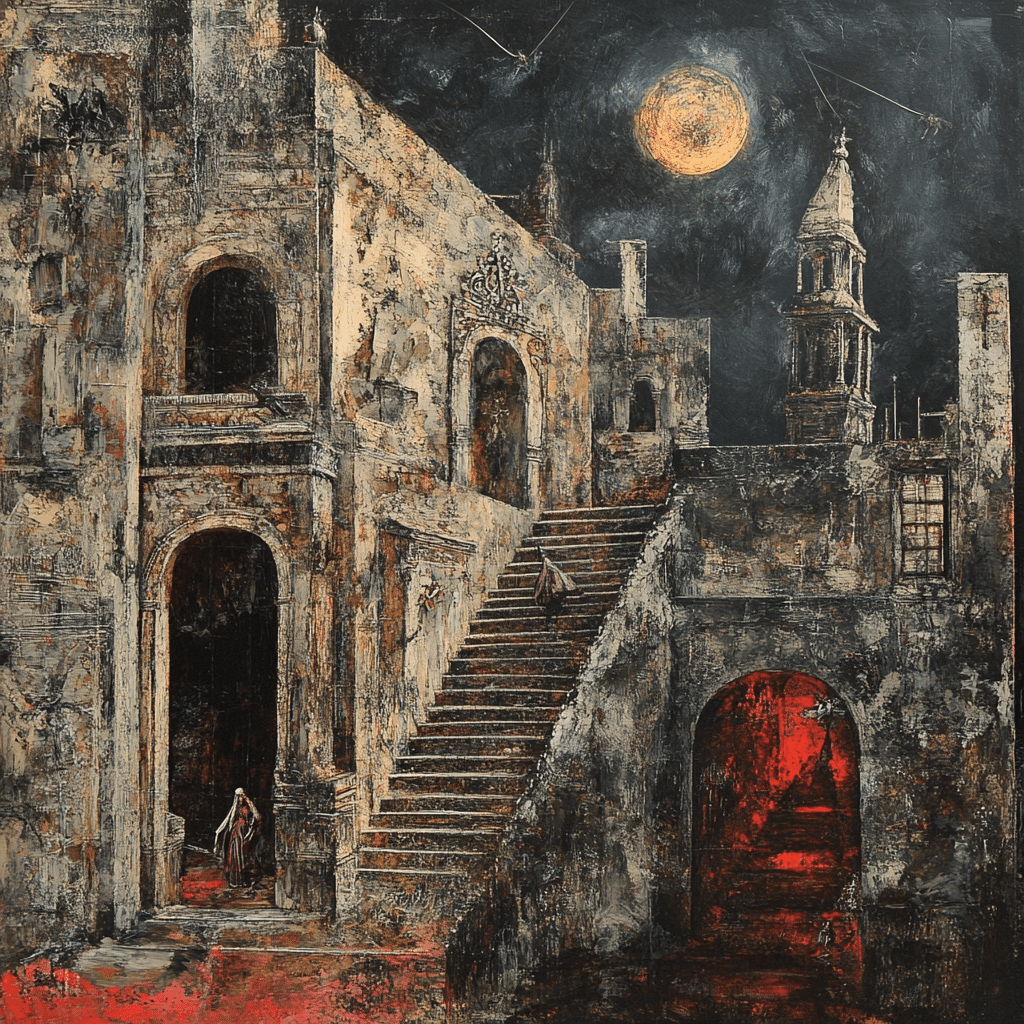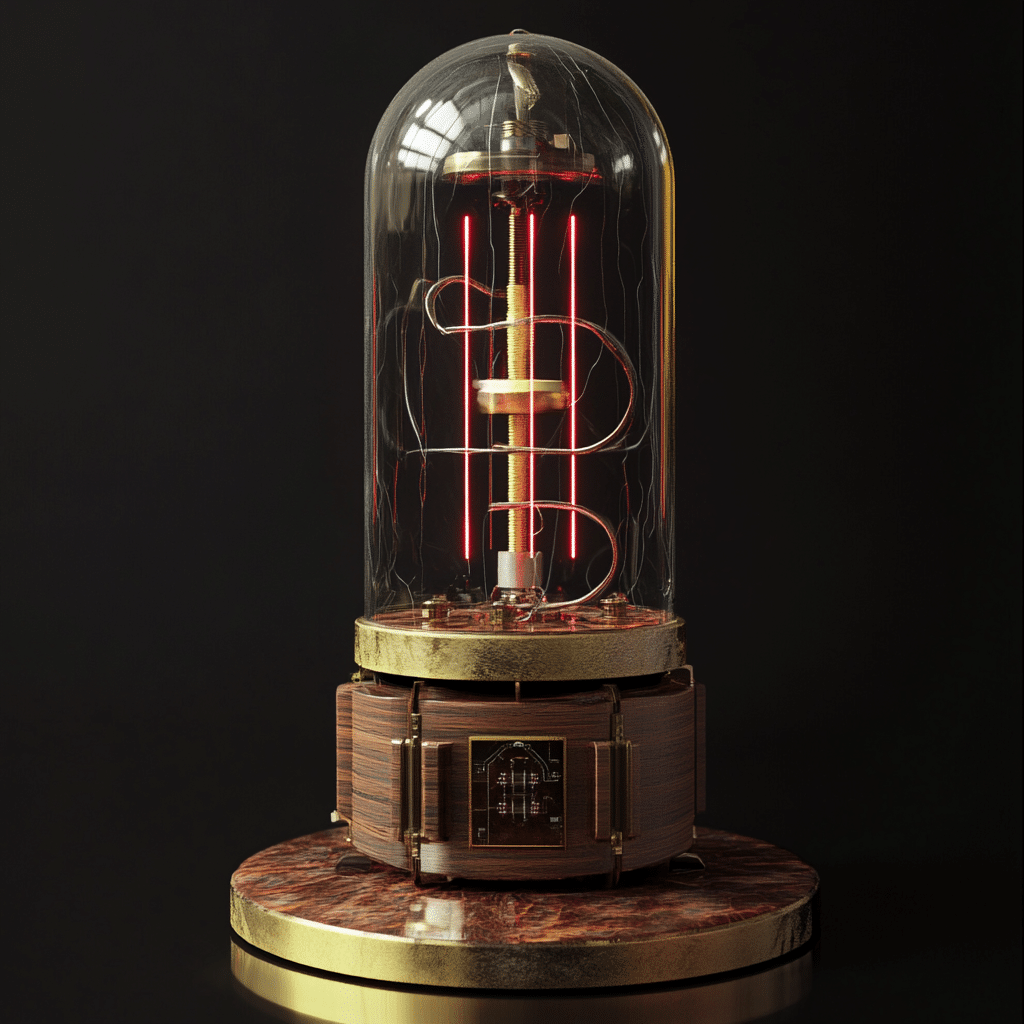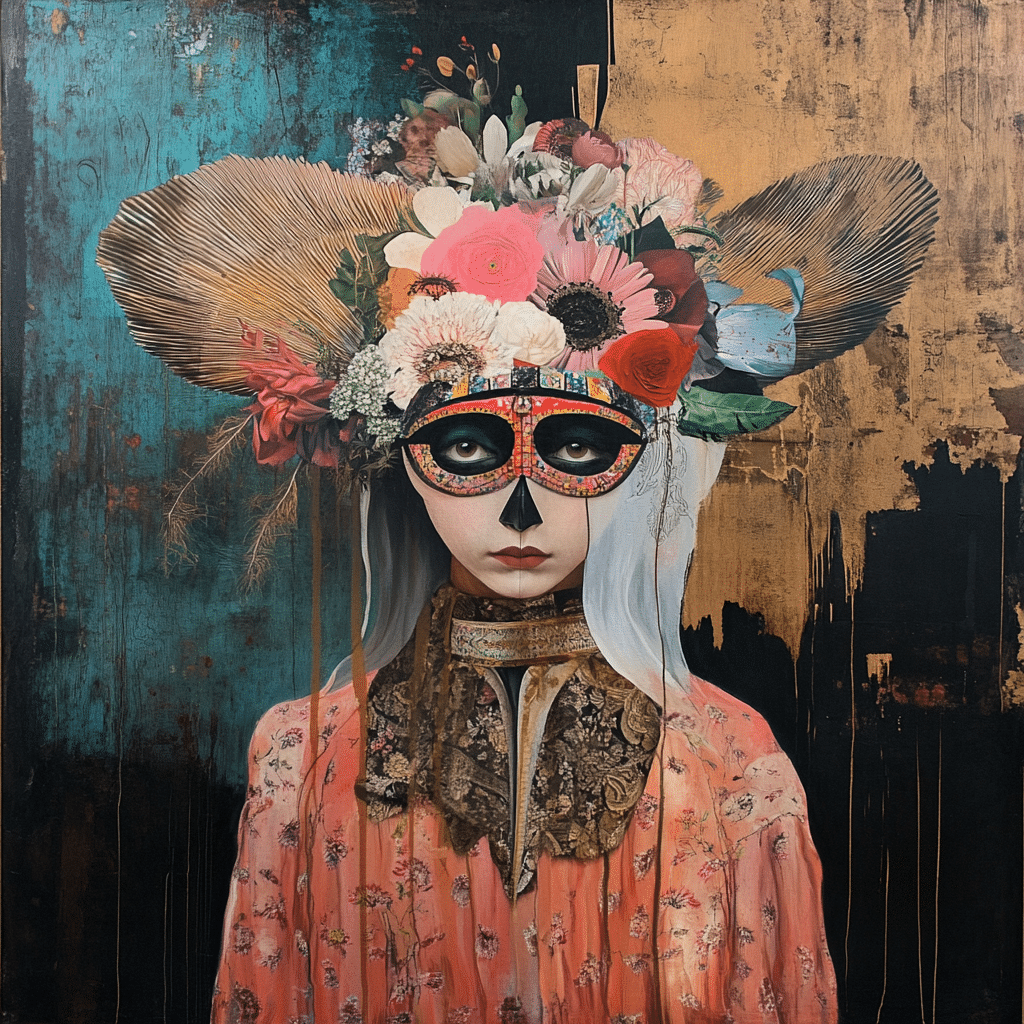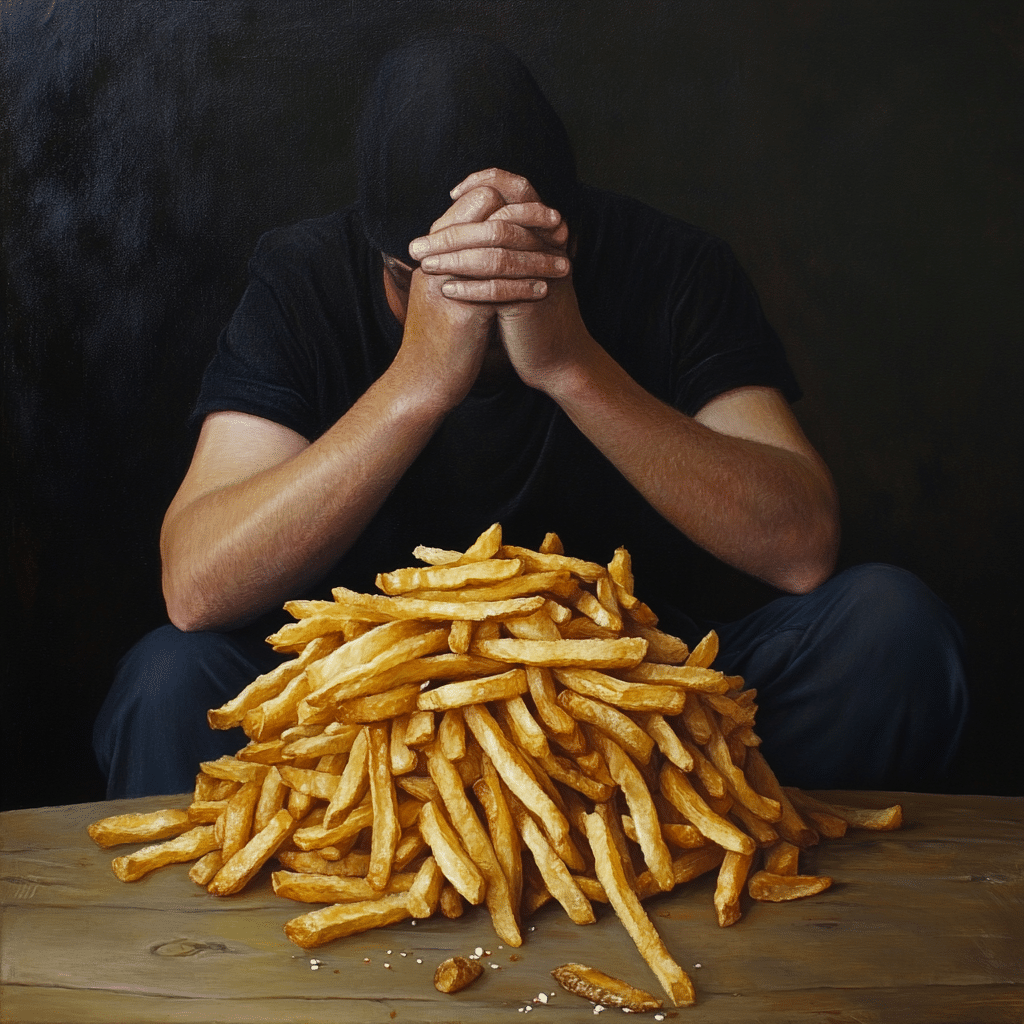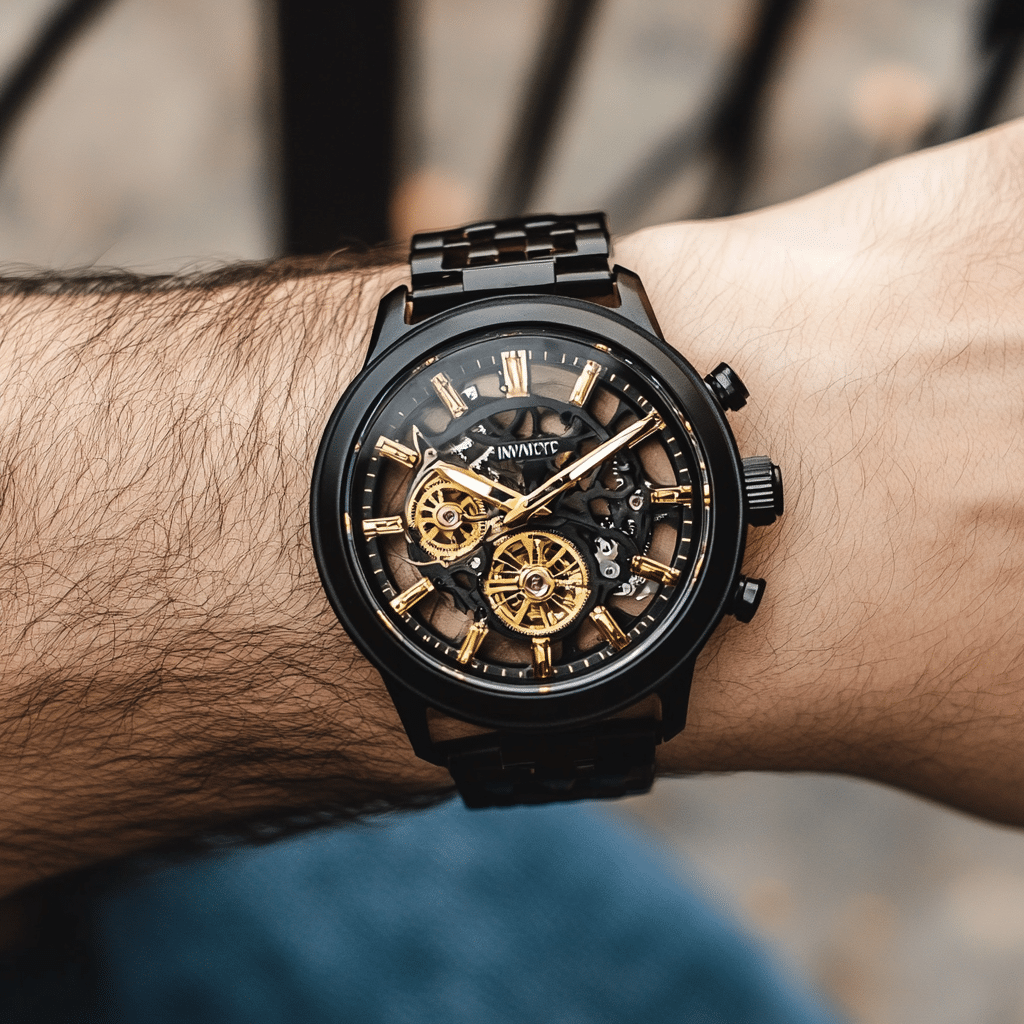Art isn’t just about what catches the eye; it’s a dance with emotions and imagination. One color that heavily influences this dance is the color azul, or blue in Spanish. Often linked to feelings of calm and creativity, azul embodies a wide range of meanings across cultures. Its shades, from the bright and lively azul celeste to the deep, mysterious azul rey, evoke everything from tranquility to introspection. Artists have harnessed azul’s essence throughout history, capturing its vibrancy and emotional depth in stunning creations that reflect both the human experience and the beauty of nature.
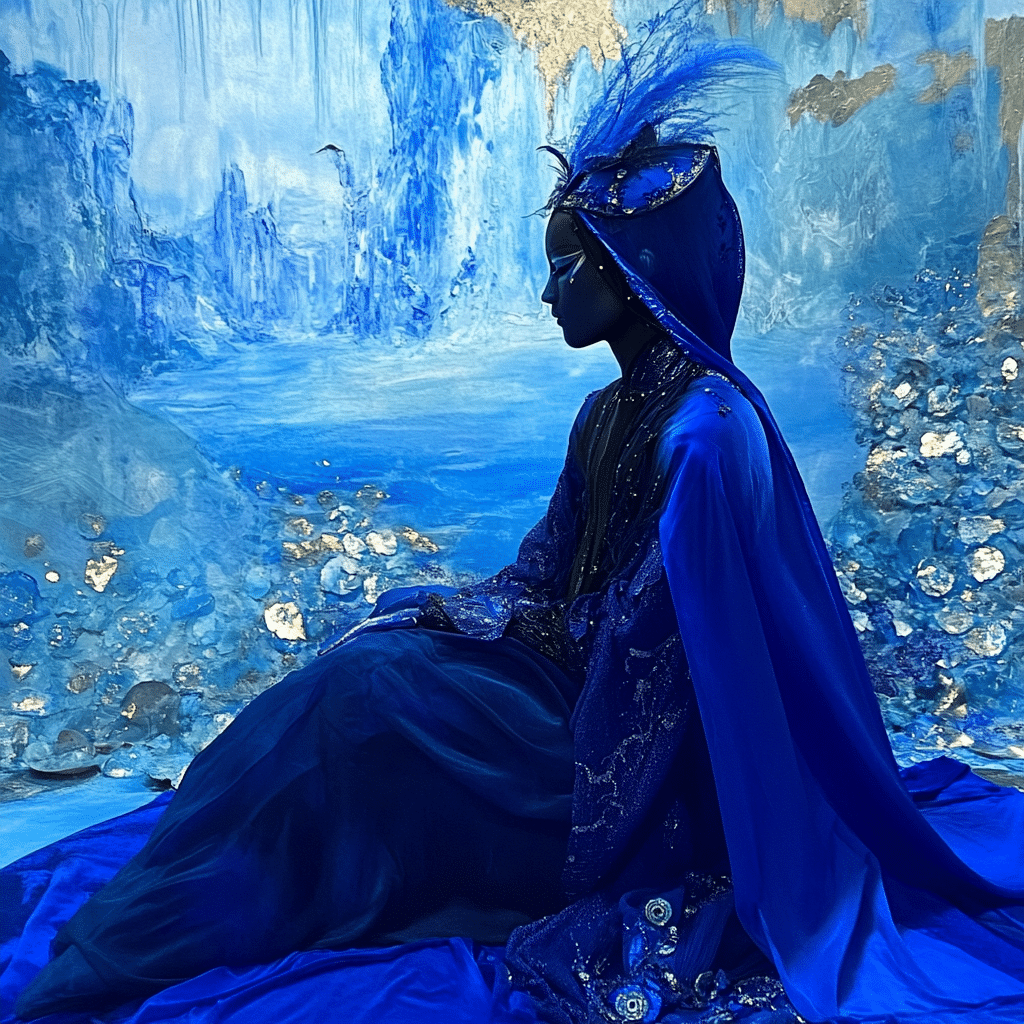
1. Exploring the Depths of Color Azul: A Symbol of Serenity and Creativity
The color azul resonates with us on multiple levels. Psychologically, azul has a soothing effect, promoting calm and reducing anxiety. This is why you often see it in places designed to help you unwind, like spas and meditation rooms. Renowned artists such as Yves Klein took this idea further with his International Klein Blue (IKB), a shade so captivating that it feels almost transcendent. When you stand before a mesmerizing canvas painted with this color, it’s not just a visual experience; it’s a journey into a state of serene contemplation.
1.1 The Psychological Impact of Color Azul
Studies show that the color azul can lower blood pressure and enhance mood. This connection goes back centuries, as artists have sought to evoke emotions through color. For instance, Klein’s work can draw you in, making you feel as though you’re looking into the depths of the ocean or a clear sky—both natural representations of the color azul. Beyond its calming qualities, azul also sparks creativity. Think of an artist staring at the blue expanse of the ocean. It inspires introspection and innovation, encouraging explorations of form and technique.
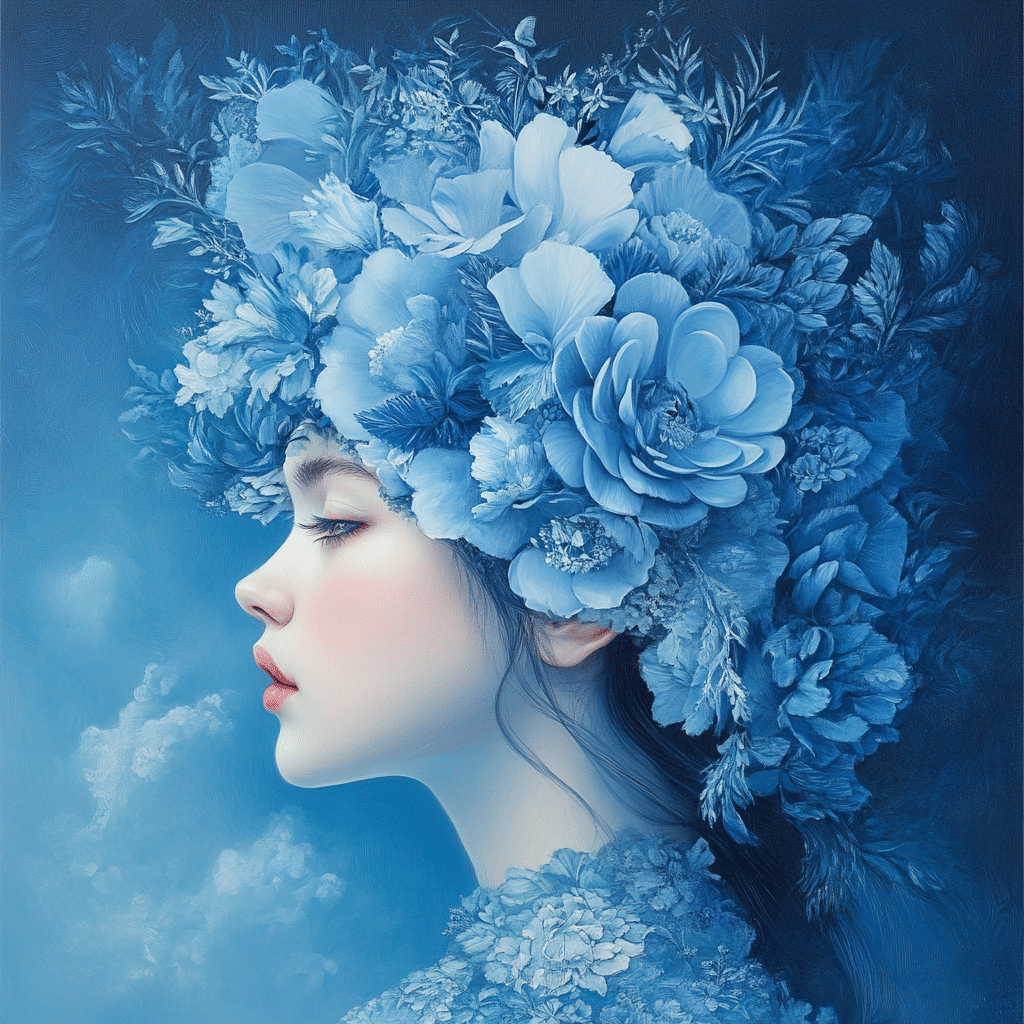
2. Top 5 Art Movements Where Color Azul Dominated
Throughout history, color azul has been a crucial player in various art movements, connecting artists across different eras. Here are five major movements where azul took center stage:
Lapis lazuli was ground into powder to create ultramarine, a coveted pigment of the Renaissance. Artists like Michelangelo and Raphael used this vibrant blue in their masterpieces, enhancing spiritual themes and emotions. The use of azul in this period not only made art visually striking but also elevated its subjects to a divine status.
Impressionists such as Claude Monet embraced azul celeste to depict nature in its fleeting moments. Notable works like “Water Lilies” demonstrate how varying shades of azul can represent light’s reflection on water, creating a picturesque atmosphere. This technique drew viewers into the vibrant, transient beauty of the world around them.
The Fauves, including Henri Matisse, leveraged azul in daring ways. In “The Blue Window,” Matisse showcased how azul could dominate a composition while harmonizing brilliantly with other colors. This bold utilization of blue evokes joy and energy, illustrating the emotional power of colors in art.
Abstract Expressionism saw artists like Mark Rothko use azul to evoke raw feelings. In his color field paintings, blues weren’t merely backgrounds but rather emotional landscapes. His work encourages viewers to tap into their feelings, fostering a deep connection with the art.
Today, artists continue exploring azul’s emotional depth. Olafur Eliasson’s installations featuring dazzling azul hues provoke thoughts about our connection with nature. His work creates immersive experiences that challenge how we perceive art and the world around us.
3. Nature’s Palette: The Predominance of Azul in the Natural World
Color azul is everywhere in nature, from the sky to the sea, shaping our environment and affecting our emotions. Its prevalence showcases the beauty and harmony of the natural world.
3.1 Azul in Flora and Fauna
In the animal kingdom, creatures like the blue morpho butterfly and blue poison dart frog flaunt vibrant azul colors. Interestingly, their coloration often results from structural factors rather than pigments alone, making their blue hues appear radiant. These examples highlight azul’s role in communication, attracting mates, and warning predators.
3.2 Celestial Azul: The Sky and Ocean
The azure sky and deep azul rey ocean don’t just paint a pretty picture; they have profound cultural significance. Historian García Márquez beautifully depicted the sky in his writing, demonstrating how azure can uplift spirits and drive creativity in storytelling. While vibrant, deeper blues reflect the profound forces of nature, often invoking a sense of awe and mystery.
4. Tequila Azul: A Cultural Icon Infused with Color
Tequila azul is more than just a rich spirit; it encapsulates cultural heritage. The blue agave plant, iconic in regions like Tequila, Jalisco, forms the backbone of this celebrated drink.
4.1 Craftsmanship and Color
Craft distillers such as Casa Noble showcase how the lush blue agave fields directly influence the quality of tequila azul. The plant’s unique coloring is attributed to its thriving in the region’s environment, amplifying the relationship between nature and human craftsmanship. Each sip of tequila azul resonates with history and culture, giving drinkers a taste of its rich legacy.
4.2 Branding and Aesthetics
Companies like Patrón leverage azul in their packaging, provoking feelings of trust and sophistication. The aesthetic appeal of their blue-themed branding reinforces the emotional ties consumers have with the color, making każda litra tequila azul feel special.
5. The Future of Azul: Trends in Art and Nature
As we move forward, the significance of color azul continues to evolve. In contemporary design, there’s a strong push toward environmental sustainability, prompting artists and architects to embrace organic materials that reflect azul’s calming qualities.
Incorporating biophilic design principles, many urban spaces are now integrating shades of azul to enhance mental well-being. More than just a trend, it signifies a deeper understanding of how color impacts our mood and creativity in our daily lives.
Closing Thoughts: A Tapestry of Color Azul in Our Lives
Color azul is an essential thread woven into our art, natural landscapes, and cultural expressions. Its ability to evoke an array of emotions while inspiring creativity speaks to its vital role across various aspects of life. As we immerse ourselves in an increasingly fast-paced world, azul continues to shine brightly, calling out for serenity and beauty. So the next time you see a splash of azul, remember its power and potential—it’s more than just color; it’s an ode to our shared human experience.
For more insights on art and creativity, check out the Futura select showcase. If you’re up for a deeper dive into trends, the metro Buenavista has some cool insights too! Don’t miss the chance to see how shows like Exatlon mexico connect with broader cultural narratives. Finally, remember to chase that feeling with a drink of tequila azul—because life’s too short not to indulge in the beauty of color.
The Color Azul and Its Striking Influence on Art and Nature
A Splash of History
Did you know that the color azul has a rich history tied to ancient societies? Cultures like the Egyptians and the Aztecs revered blue, often associating it with the heavens and spirituality. This affinity wasn’t just artistic; historical documents mention that blue pigments were difficult to obtain, making them valuable commodities. Interestingly, Charlie Evans’s movies and TV shows offer a colorful depiction of many cultures, showcasing how art reflects society’s relationship with colors like azul. This vibrant hue began making waves in European art during the Renaissance, often symbolizing the divine.
Nature’s Palette
Now, let’s take a peek into nature! The sky, oceans, and countless flowers display the color azul in various tones and shades. These hues can have calming effects on our mood and even our health. For example, people have recently discovered that looking at the color azul can help lower blood pressure, not unlike the 7 second trick To lower blood pressure. Imagine strolling on a beach, gazing out at the endless blue sea—it’s a natural spa for the soul. The color azul, so prevalent in the natural world, reminds us to cherish our environment and perhaps relate to Siia Bachilleres promoting awareness of environmental issues.
Art and Emotional Connection
Art often channels emotions through color, and azul holds a special place in many artists’ palettes. From Picasso’s “Blue Period” to Van Gogh’s “Starry Night,” this color encapsulates a range of emotions, from melancholy to tranquility. Interestingly, azul has also found its way into pop culture; the phrase te Quiero Mucho (I love you a lot) is often seen in artistic expressions that celebrate this vibrant color. As for its implications in modern health and lifestyle conversations, some people have fallen prey to fake Adderall in pursuit of focus, a situation that hints at the deeper psychological connections we have with colors like azul. Our perceptions of hues can heavily influence our lives, making us ponder how we connect with our surroundings, as well as individuals like Gene Deal, who explore the multifaceted dimensions of emotional well-being.
Whether it’s in art, nature, or daily life, the color azul offers a treasure trove of insights and influences. So, next time you see a breathtaking azure sky or a lovely blue artwork, think of its history, emotional weight, and how it shapes our experiences!
